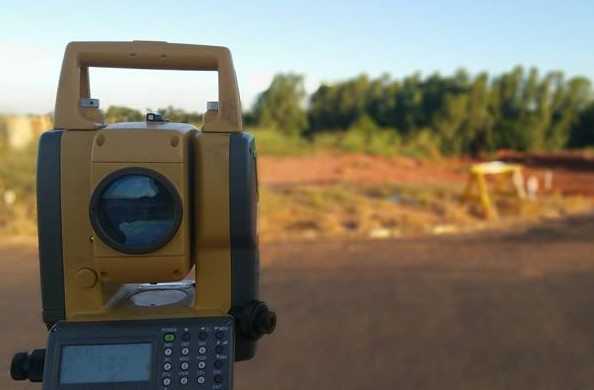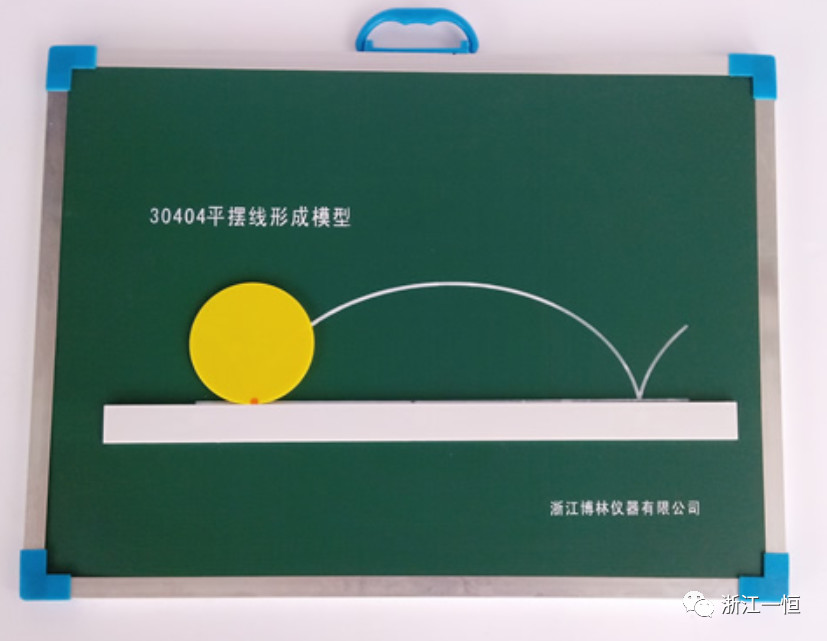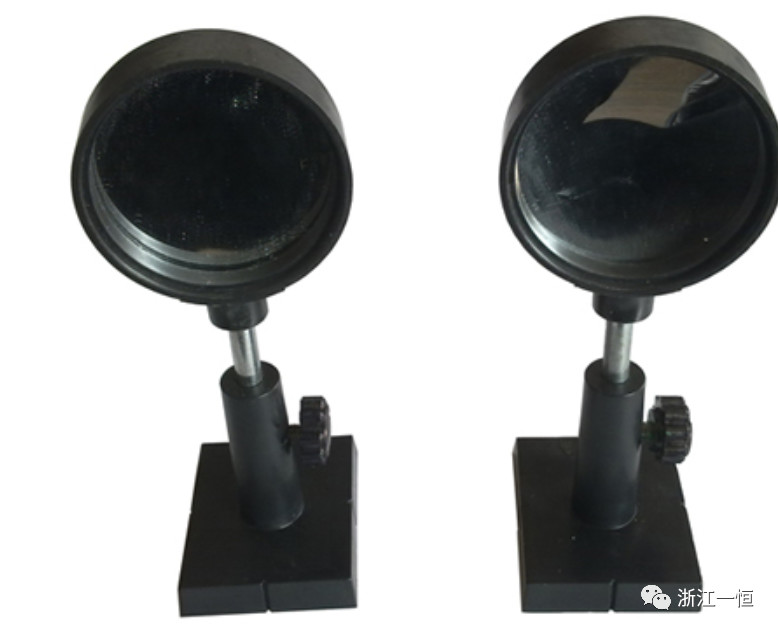The high load use of instruments and equipment is often prone to unexpected failures, especially if the optical instruments are fogged due to improper maintenance and use, they can not play the normal role of the instrument, and bring obstacles to work. Therefore, efficient maintenance and management of instruments and equipment has become an effective means for enterprises and institutions to reduce costs and improve labor productivity. At present, the equipment maintenance management of domestic enterprises generally stays in the passive rush repair mode, that is, when the equipment fails and cannot be used continuously, the maintenance personnel can remove the failure in the shortest time, while when there is no failure, the maintenance personnel are only idle, so such management mode is not efficient, so the management of the equipment should also be well planned Meanwhile, equipment maintenance management also needs to transform non planned work into planned work.
If we regularly check and maintain to reduce the occurrence of faults, especially do a good job in the "Three Prevention" work of the instrument, avoid rush repair work, and ensure that the instrument can be put into normal function at any time, this is an active way.

2. Pay attention to anti fog of Surveying and mapping instrument
In the use and storage of Surveying and mapping instruments, in addition to mildew, there is often fogging of optical parts, which affects the normal use of instruments. Therefore, preventive measures can be taken against the main factors of fogging of optical transmitters.
2.1 causes and hazards of optical instrument fogging
Fog refers to the dew like substances on the polished surface of optical parts. Some of these substances are composed of oil particles, which are called oily fog, and some are formed by the chemical reaction of water drops or water and glass to form accumulation, which are called aqueous fog. Some optical parts have both kinds of fog, which are called water oil mixture fog. Generally, the accumulation is in the form of "dew" or dry accumulation in glass On the glass surface. The oil mist is usually distributed on the edge of the optical element and extends to the center. Some of them are distributed along the wiping trace. The formation of the oil mist is mainly caused by the grease polluting the glass surface, or by the diffusion of the grease and the evaporation condensing on the glass surface. For example, the auxiliary material used to wipe the optical element has high grease content, or the tool used has grease, which can be taken directly by fingers And touch optical parts, etc., will cause oil mist, or the chemical stability of the grease used in optical instruments is not good, resulting in diffusion or improper application of too much oil, the grease will spread to optical parts and cause oil mist, or because the instrument grease is volatile, it will generate oil vapor and form oil mist, and when cleaning the metal parts with gasoline, it is not If you want to make full use of gasoline and clean it, you need to apply oil for assembly. Some of them are diluted with gasoline and coated in the mirror body. With the increase of time and the change of temperature, these gasoline and other components are gradually volatilized to optical parts to form oil mist.
Water mist is formed by humid air under the change of temperature, which is mainly distributed in the whole area of the parts. The reason is mainly caused by humid gas, but it is related to the sealing performance of the instrument, the chemical stability of the optical glass, and the cleanness of the glass surface. Under high relative humidity, mold grows easily, and some mold grows around the mycelium when they grow large Secretions, some of which are liquid, form water mist around the liquid secretions.
No matter what kind of fog is formed, because the droplets are distributed on the surface of optical parts with a very small radius of curvature, which causes the scattering of incident light, in addition to reducing the effective transmittance of the instrument, and the poor imaging quality affects the observation. Some optical parts form many micropores on the surface of the corroded glass due to long-term fogging, which will make the glass parts scrapped seriously.
Fogging of optical instruments not only exists in the southeast of China, but also in the dry area. Because of the change of temperature difference, fogging also occurs. It has a larger influence range and is more difficult to prevent than mildew of optical instruments.
2.2 use anti fog materials to prevent the instrument from fogging
The antifogging material of optical instrument requires good antifogging effect without affecting the optical performance of glass. The following hydrophobic film material can play a good antifogging role.

2.2.1 use of antifogging agent
The optical glass parts coated with chemical double permeable film and uncoated with ethyl hydrochlorosilane can form a stronger film layer, which has hydrophobic property, better water-proof fog property, easy film-forming, and can be coated on the surface of optical parts at the same time, which can improve the mechanical properties of glass, protect the surface of glass from scratch to a certain extent, and improve the chemical stability of optical glass surface Sex, use it to clean glass, decontamination ability is strong, it is easy to remove finger print, saliva circle, improve work efficiency, this is a good antifogging agent. The concentration of ethyl hydrochlorosilane is 0.25% - 1% (weight% ratio) when it is used. The film is quickly formed and solidified at room temperature. The gas phase method, dip rub method, immersion method and cleaning method can be used. It is easy to use and does not need to add equipment. However, it should be noted that ethyl hydrochlorosilane, due to its pungent smell, should not touch the skin and clothes during preparation, and should be wiped with cotton ball or sponge instead of touching the metal during use. If it is used for optical parts without coating and engraving, its use concentration can be increased to 4%. Because ethyl hydrochlorosilane corrodes when encountering water or smoke after moisture absorption, it should be sealed and kept to prevent glass from being corroded For corrosion of metal, the solution shall be prepared for use. Phosphate glass should not be treated in this way.
It is a brown liquid which is easy to hydrolyze. It can be made into a 5% concentration solution with ether. It can be made into film by centrifugation, immersion and wiping.
In addition, the use of ethyl hydrosilicone oil and dodecyltrimethoxysilane antifogging agent can play an effective role in antifogging.
2.2.2 poly (perfluoroethylene propylene) is coated by vacuum coating method, which is an inert fluoroplastic with high chemical stability, heat resistance, cold resistance and corrosion resistance, strong combination with glass and metal, and good mildew and fog resistance. It can not only form a protective film on the surface of ordinary glass by chemical coating and fluorination film, but also form a film on the surface of phosphate glass. The chemical stability of phosphate glass is very poor, and it is easy to mould and fog. Moreover, it can not form a solid protective film by coating silanes, silicone oil, silicon fluorine materials, etc. with the general chemical coating method, first, it can be plated on the surface of phosphate glass Magnesium fluoride, then coated with poly gold fluoroethylene propylene, has a good mildew and fog proof effect on phosphate glass. Most of the green filters of the multiplier are phosphate glass. The filter treated by this method has a good mildew and fog proof effect.
2.2.3 use non vulcanized silicone rubber sealing putty to prevent fog
The optical instrument has good sealing performance, which plays an important role in mildew and fog prevention. The non vulcanized silicone rubber is a kind of non vulcanized ether silicone rubber, which is composed of filler, colorant and structure control agent. Its high and low temperature sealing performance is significantly better than the original sealing wax, and other indexes are not lower than the sealing wax.
2.3 anti fog measures in design and use
2.3.1 pay attention to anti fog when designing the instrument. The structure of the instrument shall strengthen the sealing performance to ensure that the instrument does not reduce the sealing performance under high or low temperature, so as to prevent water fog caused by air leakage. The designer shall pay full attention to the selection of optical glass and materials with good chemical stability to lay a good foundation for anti fog.
2.3.2 In the process of manufacturing and maintenance, pay attention to clean production, clean the assembly and maintenance workshop, strictly abide by the operating procedures, carefully wipe the optical parts, forbid to directly contact and take the optical parts by hand, degrease the tools holding the optical parts, wipe the auxiliary parts used for optical parts, such as cotton light, cloth, ethanol, ether, iodine and contact with optical parts The gasket of the machine must be degreased strictly, the grease content must be controlled, and the vessels containing optical parts and the bottles containing ethanol and ether must be cleaned frequently and kept clean, which are important ways to reduce oil mist.
2.3.3 reduce the water vapor inside the instrument and prevent the water vapor from condensing on the glass surface. Assemble or dry the assembled instrument under dry conditions as much as possible, such as filling dry nitrogen or air and placing desiccant. In the use and inventory of the instrument, try to control the relative humidity of the use environment and warehouse at about 6%. For the field instruments that are not easy to control the humidity in the use, put them in a ventilated, sunny and dry place after use. Put desiccant in the instrument box, and pay attention to sealing and changing the drying silica gel desiccant in time. In the humid environment, use the indoor instruments, such as corrector and re illumination Instrument, etc. for the lens and precision optical components that can be taken down, take them down in time to protect them in the drying cylinder after use, and often keep the instrument clean to reduce the fogging core.

2.3.5 To improve the chemical stability of optical glass surface, a layer of hydrophobic film is plated on the glass surface by means of chemical coating or vacuum coating, so as to improve the chemical stability of the glass, enhance the corrosion resistance of the glass and reduce the fogging. In order to reduce the influence of water-borne fog on observation, hydrophilic materials can also be used, and a transparent pseudo hydrophilic film with certain physical properties can be plated to make the water mist It can disperse completely and evenly in the film without affecting the observation. When the atmosphere is dry, the moisture in the film will naturally volatilize to the atmosphere.
2.3.6 mildew and mist removal
Once the optical instrument gets moldy and foggy, it will cause bad influence and bring a lot of troubles to the repair work. Therefore, prevention is the main thing. From the beginning of instrument design and manufacture, we should pay attention to the prevention of moldy and foggy. Strengthening the maintenance of instrument inventory and use is an important guarantee for the prevention of moldy and foggy work. If the instrument has been moldy and foggy, it should be handled in time to avoid greater losses.
If the frost mist is only in the initial stage, that is, after the instrument is moldy and foggy, it can be wiped off with the mixture only when the glass surface layer is covered without eroding the glass and damaging the film layer in a short time.
After fogging and fogging, the instrument shall be treated in time, otherwise the surface and coating of optical parts will be corroded for a long time, and even the glass will be corroded. It shall be scrubbed in time with general mixed solution or ethyl hydrochlorosilane solution, which is not only anti fogging, but also has a certain effect of defogging and mildew removal. Most of the green filters of the multiplier are phosphate glasses, which are easy to fog and hard to clean. They can be washed with dilute ammonia water, then washed with water, and then wiped dry the filter surface with the mixed solution in time. However, this kind of glass is very unstable. If not used, it can be wiped and put in a dry dish, or treated with fog in time, otherwise it will be moldy and foggy. Try to avoid using alkaline materials to wipe silicate glass, because alkali has corrosive effect on silicate.
If the optical parts are seriously moldy and foggy, and have corroded the glass, only replace the glass or polish the optical parts again.
In a word, the optical instrument should be based on prevention, and the mould mist should be removed in time when it is found. After removing the mould mist, anti fog and anti mould measures should be taken in time to protect the instrument and make it play a greater role.
3. conclusion
Due to the rapid development of science and technology, as well as the needs of world economic development, new scientific and technological achievements are constantly applied to instruments and equipment, and the level of equipment modernization is constantly improving. Modern equipment is developing towards high-speed, precision automation and other directions. Therefore, it is necessary to actively introduce foreign theories and methods of modern instrument and equipment management, and explore ways to catch up with the international advanced level, So that the management of optical instruments and equipment into a healthy modern management stage.

 CN
CN SE
SE
